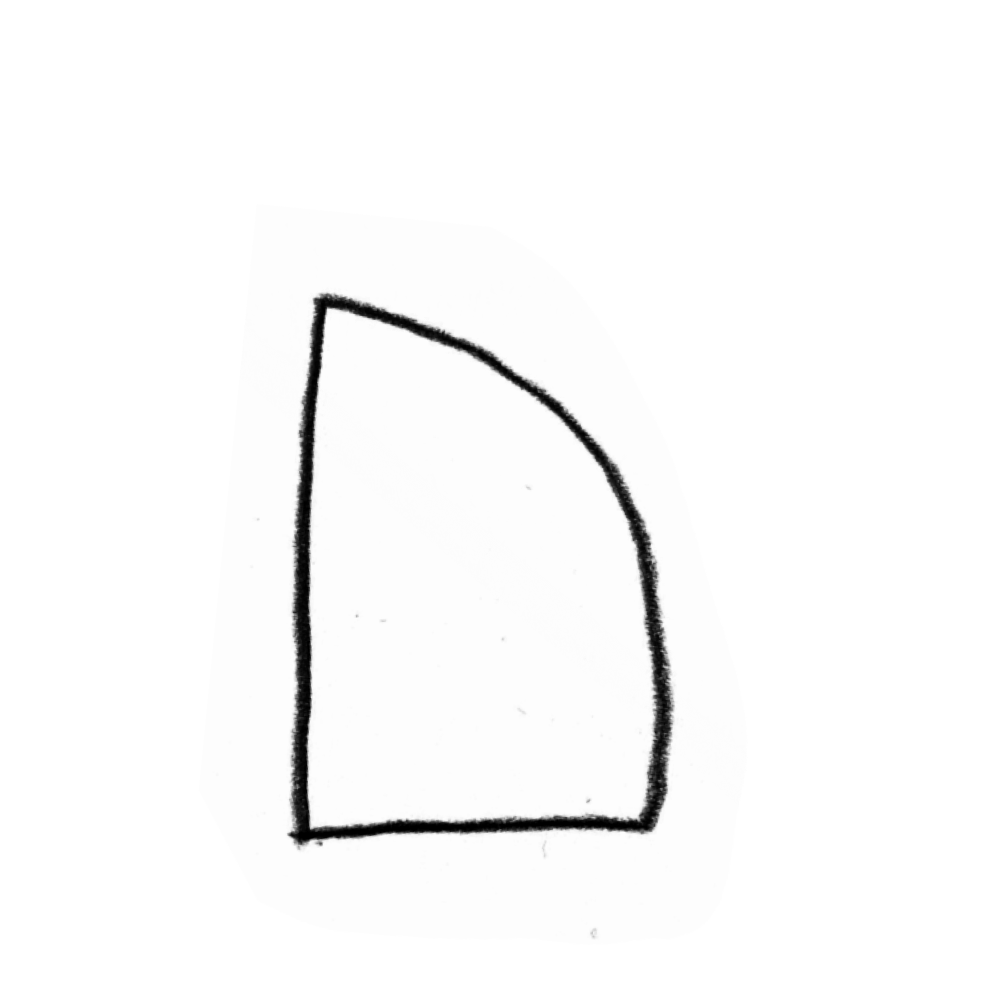


At Eedi, our mission is to help every child thrive in mathematics. Bold claims aren't enough; educators deserve to see rigorous, independent proof that what we build actually works. That's why we commissioned a large-scale Randomised Controlled Trial (RCT), putting our platform to the most demanding test in education research.
Today, we're sharing results that demonstrate Eedi's impact on mathematics learning. The study, carried out by WhatWorked Education, a UK-based research organisation led by Dr Wayne Harrison and Professor Steve Higgins, involved 2,901 Year 7 students (age 11-12) across 20 UK schools in the 2023 - 2024 academic year.
The findings show that consistent, focused use of Eedi (~ 10/15 mins per week) can double the impact on learning, delivering four additional months of academic progress. When including all students in the trial, the platform delivers a statistically significant impact equivalent to two additional months of progress in a single school year.
We wanted to know if our diagnostic questions and targeted interventions deliver a genuine advantage over the tools schools already use every day. The trial used an 'active control' group; student progress was compared against peers who continued with their school's business as usual. This included other well-regarded digital platforms for homework and revision: 89% of control teachers used EdTech platforms including Sparx, MathsWatch, and others in their maths classroom.
The findings demonstrate Eedi's measurable advantage in accelerating learning beyond existing, established digital tools.
Across all students in the trial, Eedi delivered a statistically significant effect size of 0.17 (Hedge's g), representing 57% of a typical full year's academic growth for maths in Year 7 (Bloom et al., 2008). This intention-to-treat analysis reflects real-world implementation, where engagement naturally varies across students; it represents what a school can realistically expect when implementing Eedi.
For those who follow education research, this is a strong signal. Leading researcher Matthew Kraft (2023) notes that the median effect size from rigorous educational RCTs is only around 0.10 SD. Eedi's result significantly exceeds this benchmark, demonstrating a policy-relevant impact that is meaningful and achievable at scale.
For students who actively engaged with the platform, the impact was profound. Students who completed just one quiz per week (120+ questions annually) achieved a CACE effect size of 0.34 (Hedge's g).
This effect is double the study's average impact, and substantial when benchmarked against normative academic growth: the 0.34 effect for engaged students represents 113% of a typical student's entire annual growth in the subject (Bloom et al., 2008).
This remarkable gain was achieved with a minimal, achievable habit: roughly 10-15 minutes of diagnostic homework per week. This target was met by 49% of students, proving that schools can realistically double the intervention's impact by supporting this small but consistent practice.
The trial found that Eedi was particularly effective for students who started the year below the median in mathematical attainment. For these learners, Eedi delivered three months of additional progress (an effect size of 0.23), actively helping to close the attainment gap compared to similar students in control schools.
This finding demonstrates the power of addressing misconceptions head-on for students who stand to benefit most. Among engaged Pupil Premium students who completed 120+ questions, the impact was equally strong (effect size of 0.25), showing that when disadvantaged students engage consistently with the platform, they achieve substantial gains.
"This result is a milestone for us," says Bibi Groot, Chief Impact Officer at Eedi. "It's really a validation of the power of teaching. It reinforces our belief that when you give educators precise insights into student understanding, you unlock incredible potential. We're excited to use this evidence to continue building tools that make a real, measurable difference."
These numbers tell a human story. They speak of a student finally having that 'aha' moment; of a teacher equipped with the precise insight to make a difference; of a school community making measurable strides together. This is our core mission in action: delivering the intelligence that unlocks learning.
The credibility of this RCT allows us to make one final, crucial comparison. The cost of Eedi School’s Plus subscription (giving students unlimited access to chat-based human tutor support, 9 AM - 9.30 PM UK time) in comparison to the cost of high-dosage tutoring. This excellent piece by the Hechtinger Report reminds us that high-dosage tutoring where students are paired with a tutor tends to cost $3,500 - $4,500 per student per year. In the high-dosage Saga Education tutoring programme students’ scores improved with an ITT effect size of 0.16 and CACE effect size of 0.37.
Compare that to Eedi’s effect size of 0.17 (ITT) - 0.34 (CACE) and its cost: just £54 per student per year. Of course, we’re not comparing apples with apples here: high-dosage tutoring programmes and supplemental maths EdTech platforms are not the same. But this impact report presents a strong case for using Eedi to support all students, and then carefully deliver high-dosage tutoring to those who need it most.
Coming next: This post is the first in a three-part series. Stay tuned for our next piece, a technical deep dive into the study's methodology and how our results compare to the wider evidence base on EdTech at scale.